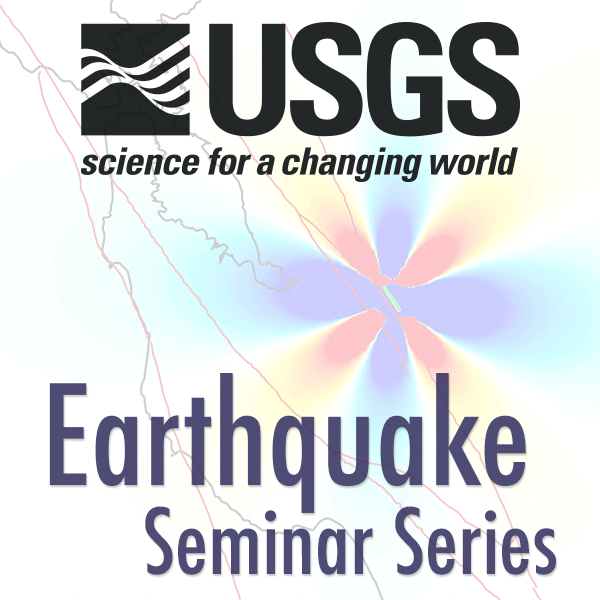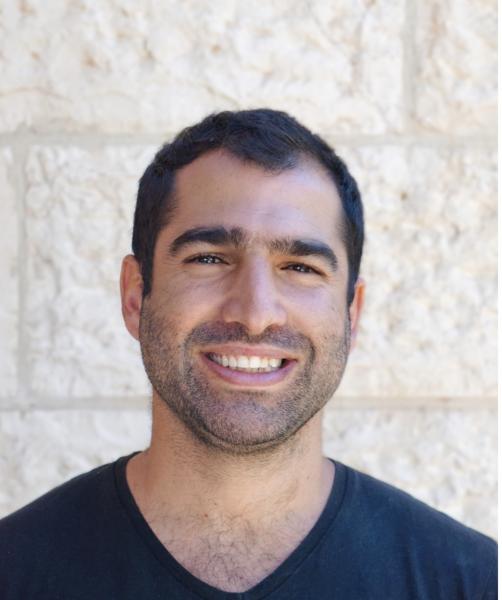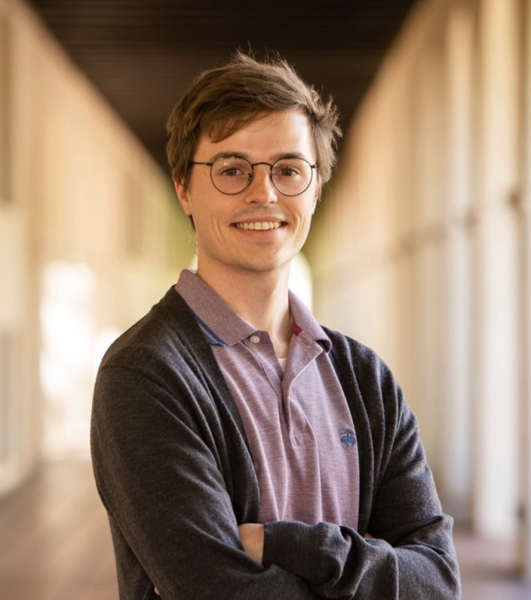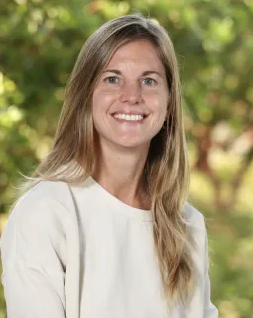
Seminars typically take place virtually at 10:30 AM (Pacific) on Wednesdays on Microsoft Teams.
We record most seminars. You can watch live or check the archives to view a past seminar.
January 2025
February 2025
-
Leveraging high temporal and spatial resolution geodetic data through the earthquake cycle
Cassie Hanagan, USGS

-
Friction and faulting in heterogeneous systems
Doron Morad, University of California, Santa Cruz

-
Imaging Big Things at Fine Scales with Fiber-Measured Earthquake Wavefields
James Atterholt, USGS

March 2025
-
Investigating seismic hazard across timescales using field methods and numerical modeling
Betsy Madden, San Jose State University

-
Applying AI foundation models to continuous seismic waveforms
Chris Johnson, Los Alamos National Lab

-
How Global Warming Shakes the Earth: Multi-Decadal Global Microseism History and Ocean Wave Climate
Rick Aster, Colorado State University

April 2025
-
Improving Subduction Zone Hazards Assessments Using the Coastal Stratigraphic Record
Tina Dura, Virgina Tech

-
The perturbing influence of small earthquakes on slow fault slip synchronization
Gaspard Farge, University of California, Santa Cruz

-
Source characterizations of northern California earthquakes through moment rate function properties
Taka'aki Taira, Berkeley Seismological Laboratory, UC Berkeley

-
Improved Surface Faulting Displacement Hazard Estimations from Non-Ergodic Probabilistic Fault Displacement Hazard Analysis
Irene Liou, University of California, Davis

May 2025
-
Special Seminar: Towards the Development of Static Ground Displacement & Transient Ground Strain ShakeMaps
David Wald, USGS National Earthquake Information Center

-
Towards Strongly coupled Thermo-Hydro-Mechanical Constitutive Models: Experiments on Thermal Cracking Under Stress with Near-field Acoustic Data
Ben Holtzman, Lamont-Doherty Earth Observatory, Columbia University

-
Evolving tidal modulation of seismicity before and after the 2019 Ridgecrest earthquake: Implications for the physics of preparatory processes?
Eric Beaucé, Lamont-Doherty Earth Observatory, Columbia University

-
Illuminating Earthquake Processes and Active Faults in Low-strain-rate Regions
Susan Hough, USGS Earthquake Science Center

-
Developing 3D gridded seismicity models in shallow subduction regions: an example from Aotearoa New Zealand
Chris Rollins, GNS Science

June 2025
-
Advancing Ground Motion Directionality Characterization for Seismic Hazard and Risk Analysis
Alan Poulos, USGS

-
Towards Next-generation Catastrophe Modelling
Nikola Blagojevic, Stanford University

-
Statistical Models to Forecast Induced Seismicity
Gina-Maria Geffers, Lawrence Livermore National Laboratory

-
Next-generation crustal stress mapping: Seismic hazards, active tectonics, and resource development
Jens-Erik Lund Snee (Lundstern), USGS

July 2025
-
Validation of Two Recent CyberShake Ground Motion Simulation Studies
Xiaofeng Meng, Statewide California Earthquake Center

-
Compact Seismicity Bursts Have Different Characteristics from Background Seismicity in both Southern California and Japan
Nicolas DeSalvio, UC San Diego

-
Teaching Seismology from Elementary School to Graduate School with Live Data, Music, Sonified Seismograms, and Comparisons
Andy Michael, USGS

-
Regional Earthquake Monitoring with Deep Learning
Albert Leonardo Aguilar Suarez, Stanford University

-
Stress and Fault Strength
Jeanne Hardebeck, USGS

August 2025
-
Progress on understanding and modeling earthquake ground motions and site response in the central and eastern United States
Oliver Boyd, USGS

-
Earthquake Nowcasting and Forecasting in the Age of Machine Learning and AI: Building QuakeGPT, Methods and First Results
John Rundle, University of California, Davis

September 2025
-
Imaging earthquakes using optical remote sensing at regional and local scale: insights into earthquake source and fault zone deformation processes
Solène Antoine, California Institute of Technology

-
The 2025 M8.8 Kamchatka earthquake: Rapid characterization in the face of sparse near-source observations
Zoe Yin, USGS

-
The Variability of Stress and What to Do About It
Emily Brodsky, University of California, Santa Cruz

 Jump to Navigation
Jump to Navigation
